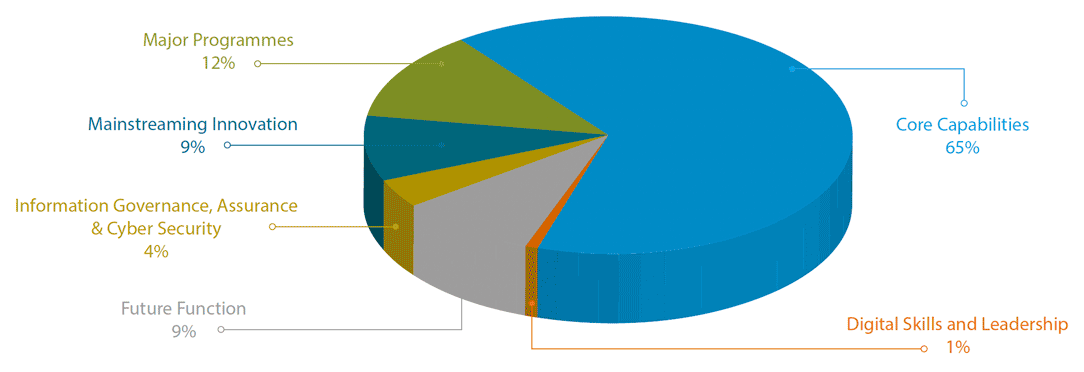Care in the Digital Age: delivery plan 2022 to 2023
The national delivery plan describes activities supporting Health Boards, HSCPs, local authorities, primary care, social care, social work, and care providers to offer new or improved services, whether through improved systems and infrastructure, or access to digital services.
Conclusion
This year, in 2022/23 as part of the overall health portfolio investment, we are investing £99.6 million in digital health and care. We are on track to deliver a balanced budget in this financial year. This covers a huge amount of work 'behind the scenes' that is needed to modernise our health and care systems. From providing over 160,000 staff with up-to-date Microsoft Office software, to exploring the use of ultra-high definition medical images for diagnosis and treatment of diseases such as cancer, this work is critical to safe and effective delivery of care. Ultimately, better systems can lead to faster diagnosis and more targeted treatment, improving life chances.
This investment in our systems – and the required cyber security, the training of staff to use the systems and the ongoing maintenance and development – takes up most of our budget. But without this investment, not only would our health and care services struggle to work, websites or apps for people to use wouldn't have any systems to connect to. For example, an app that let you request repeat prescriptions, wouldn't be able to show you the medicines on your record so that you could pick what you needed.
Spend has been totalled by type of funding within the chart on page 31 to provide a visual representation of the distribution of spend across the Scottish Government's Digital Health and Care Directorate. Some key cost drivers within each theme are illustrated below:
- Core Capabilities includes £19.4m of strategic money allocated to all Boards to fund digital work that supports the Strategy and funding of £28m for the NHS SLA (covers various BAU including SWAN and O365 NHS Mail);
- Future Function includes Digital Prescribing (£0.716m) and £7.4m for NES Digital (includes National Digital Platform and SCI-Diabetes);
- Information. Governance, Assurance & Cyber Security includes NIS Audits and the Cyber Centre of Excellence (£1.5m);
- Mainstreaming Innovation includes Near Me across NHS and wider public sector (£1.25m), and TEC Connect Me (£2.48m);
- Major Programmes includes GPIT Re-provisioning (£2.24m), SNOMED CT (£1.5m) and eRostering £1.2m);
- Digital skills and leadership includes work delivered by NES on digital masters courses and other projects to develop digital skills in the workforce (£1.1m).

Future planned spend
- The expected spend for 2023-24 for digital health and care is approximately £125m if all contracts and committed programmes of work are to proceed as planned. This includes 'go live' of new CHI, new PACS, SWAN system contract, majority of new GP IT sites and the new NHS Near Me contract.
This Delivery Plan, and next year's, along with the Data Strategy, start to show how care will change as our health and care services increasingly embrace the reality of us all living and working 'in the digital age'. Our ambitions for the central role of digital – and the transformational impact of the people of Scotland having greater access to their own health information, and far greater control and management over their own health and wellbeing – will be further set out in the care and wellbeing programme of work. The intended results of care and wellbeing – right care, right time, right place that enables prevention, early intervention, proactive care and good disease management through collaborative and collective working across sectors, providers and the public – will only be achieved by us all embracing digital.
Just as digital technology was at the forefront of our response to the pandemic, it will be central to how we rebuild and remobilise the health and social care system as part of the recovery from COVID-19.
Contact
Email: DHCPolicyHub@gov.scot
There is a problem
Thanks for your feedback